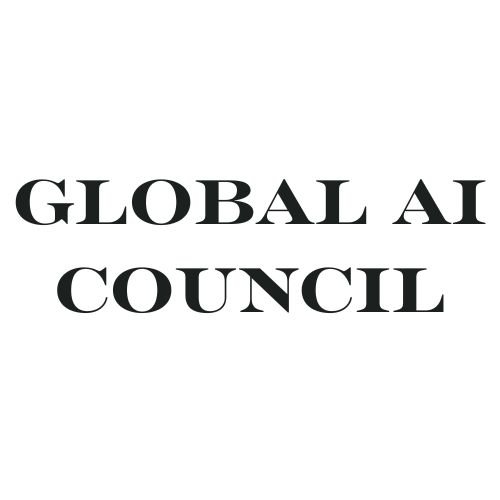AI in Wildlife Conservation: Protecting Endangered Species
Artificial Intelligence (AI) is playing a crucial role in wildlife conservation efforts, offering innovative solutions to protect endangered species and preserve biodiversity. By harnessing AI technologies such as machine learning, computer vision, and data analytics, conservationists can monitor, track, and manage wildlife populations more effectively than ever before. Here’s a look at how AI is being used in wildlife conservation and the significant impact it is having on endangered species protection.
1. Monitoring and Tracking Wildlife
Camera Traps: AI-powered camera traps are used to monitor wildlife populations in remote areas. These cameras can identify and track individual animals based on their unique markings or features, providing valuable data on population size, movement patterns, and behavior.
Acoustic Monitoring: AI algorithms analyze audio recordings from habitats to identify and classify animal sounds. This helps researchers track the presence of specific species, such as endangered birds or mammals, and assess the health of ecosystems.
Satellite Tracking: AI processes satellite data to track the movements of wildlife across large areas. This information is used to understand migration patterns, identify habitat use, and detect potential threats, such as poaching or habitat loss.
2. Anti-Poaching Efforts
Predictive Modeling: AI algorithms can predict poaching hotspots based on historical poaching data, environmental factors, and wildlife movement patterns. This information allows authorities to allocate resources more effectively and deter poaching activities.
Facial Recognition: AI-powered facial recognition technology is used to identify and track individual poachers. By matching images from camera traps or surveillance cameras to a database of known poachers, authorities can apprehend offenders more efficiently.
Real-Time Alerts: AI systems can send real-time alerts to rangers and law enforcement agencies when suspicious activity is detected. This enables rapid response to potential threats and helps protect endangered species from illegal activities.
3. Conservation Planning and Management
Habitat Restoration: AI helps identify areas that are suitable for habitat restoration and conservation efforts. By analyzing environmental data and habitat requirements of endangered species, conservationists can prioritize areas for restoration to support wildlife populations.
Population Modeling: AI models can simulate population dynamics and assess the impact of conservation interventions. This information is used to develop effective conservation strategies and evaluate their long-term viability.
Genetic Analysis: AI is used to analyze genetic data from wildlife populations, helping researchers understand genetic diversity, relatedness, and population health. This information is crucial for managing breeding programs and maintaining healthy populations.
4. Challenges and Considerations
Data Quality and Bias: AI algorithms require high-quality data to function effectively. Biases in data, such as skewed sampling or incomplete information, can lead to inaccurate results and mismanagement of conservation efforts.
Ethical Concerns: The use of AI in wildlife conservation raises ethical questions, such as the potential impact on animal behavior and privacy. Conservationists must consider these factors when deploying AI technologies in the field.
Technology Accessibility: Ensuring that AI technologies are accessible and affordable to conservation organizations, particularly in developing countries, is crucial for maximizing their impact on wildlife conservation.
5. Future Trends and Opportunities
Advanced Monitoring Technologies: AI will continue to advance monitoring technologies, such as drones and sensors, providing more detailed and accurate data on wildlife populations and habitats.
Collaborative Conservation Networks: AI enables collaboration among conservation organizations and researchers worldwide, facilitating the sharing of data, insights, and best practices for more effective conservation efforts.
Climate Change Adaptation: AI can help wildlife populations adapt to climate change by predicting how habitats will change over time and identifying strategies to mitigate the impact on endangered species.
Conclusion
AI is revolutionizing wildlife conservation by providing innovative tools and solutions to protect endangered species and preserve biodiversity. From monitoring and tracking wildlife populations to combating poaching and planning conservation efforts, AI is enabling conservationists to make informed decisions and take proactive measures to safeguard our planet's most vulnerable species. As AI technologies continue to evolve, the future of wildlife conservation looks promising, with increased efficiency, effectiveness, and collaboration leading to better outcomes for endangered species and their habitats.
